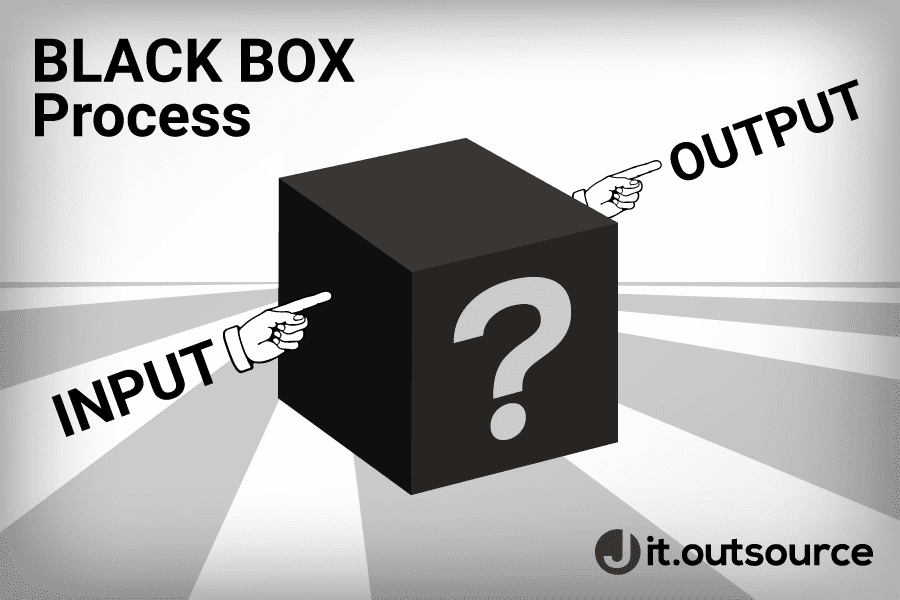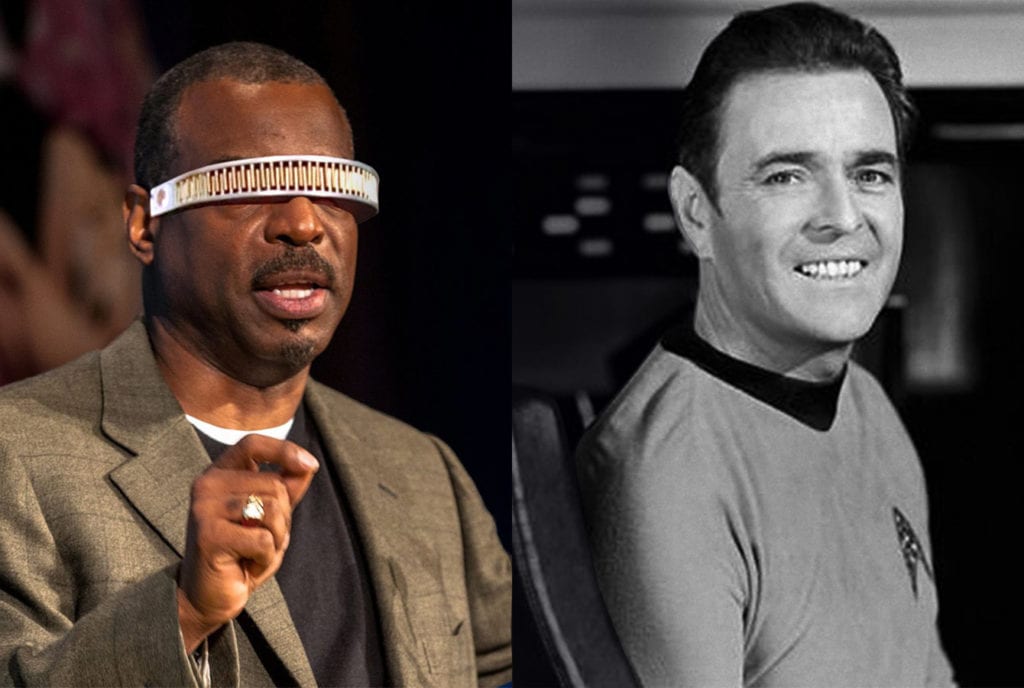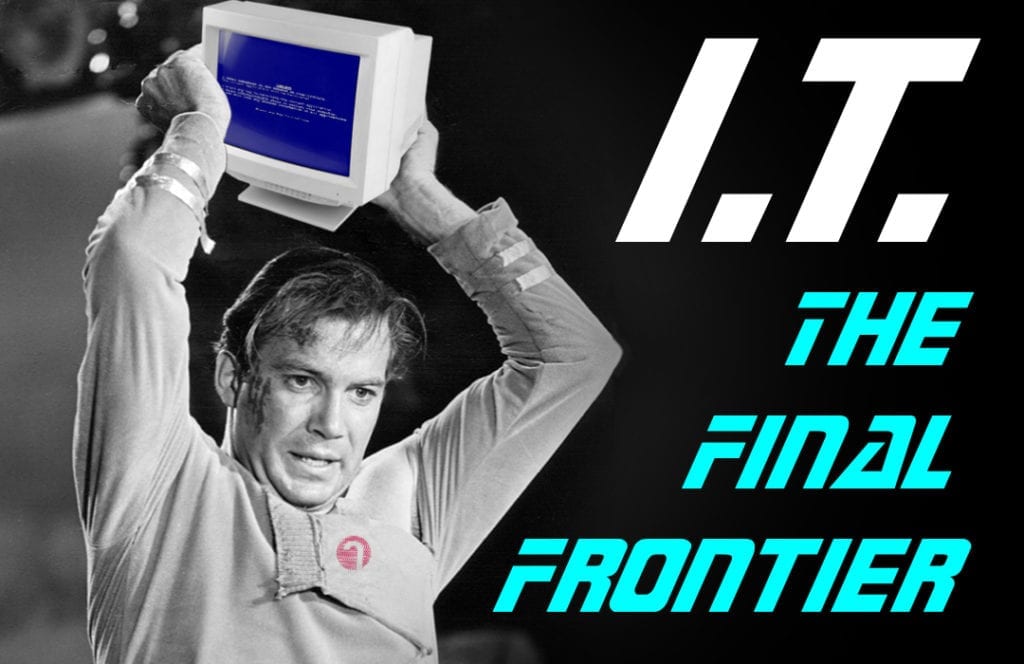A while back, the kids left the TV on during a Star Trek: The Next Generation rerun marathon. I always liked the show, but I remember how critics said there wasn’t enough action, there wasn’t enough drama, and that the crew spent too much time talking about problems and not going out with guns blazing.
Sure enough, every time I passed through the living room, I’d glance at the screen and there was the crew of the Enterprise standing around, thoughtfully looking at their computers or having intense problem-solving discussions.
It struck me that the reality of being on a spaceship – especially one on a mission of peace and exploration – probably wouldn’t include fierce battles and desperate rescues very often, if at all. It wouldn’t be sexy, it wouldn’t be dramatic, and no one back on Earth would have any idea how tedious the whole thing really was.
The crew would spend most of their working hours doing maintenance. Installing upgrades. Running diagnostics. Trouble-shooting problems. Standing around for hours trying to figure out what caused a problem which ends up getting fixed in five minutes. And then documenting it so it doesn’t happen again and reporting the whole process to the captain.
Just like the I.T. business.
I shook my head when I realized that the Trekkies on our team would love the metaphor, but I knew it was true. The crew of the U.S.S. Enterprise weren’t soldiers, or space pilots, or builders. They were knowledge workers. People who are paid to think and solve problems for a living.
Just like people in the I.T. business.
My team spends a lot of time just sitting there, staring at their monitors. A hand will move and if you’re quiet, you can hear the click-click-click of the mouse button as they manipulate symbols, write code, and open and close windows.
The hush is only broken by the sound of the occasional f-bomb (always out of earshot of clients) and the loud celebrity impersonations and meme-sharing of the creative team, doing God-only-knows what they do and turning out amazing design at the end.
Most of what my team does goes on in their heads before it ever comes out into the real (well, digital) world. It’s called a “black box process.” You see the input go in and the output come out, but you can’t see the process or the internal workings that produce the result. It’s not very interesting to watch.

Not even BBC Canada wants to create a show called “How I.T. Is Made.” It would be a guy staring at a screen for 20 minutes then clicking the mouse for 30 seconds at the end.
The Mysterious Nature of Knowledge Work
Problem-solving in I.T. can be difficult to understand. Sometimes the tech can explain it because it was a known issue (though it sometimes sounds like B.S. because it’s so technical).
Sometimes they don’t want to take time to explain it because they’ve got 15 more problems to solve. Sometimes they can’t exactly explain the intuitive leap they made because it was the result of solving hundreds of similar problems.
It’s this classic joke come to life: a homeowner’s water heater stops working and he calls a handyman to fix it. The guy shows up, looks the water heater up and down, takes out a hammer and taps the water heater.
It starts working, he nods to himself and hands the homeowner a bill for $110 dollars.
“$110 dollars? For what you did? I want an itemized bill,” says the homeowner, thinking he’d outsmart the handyman who takes out a pen and adds a couple lines to the invoice:
Tap water heater with a hammer – $10
Knowing exactly where to tap the water heater – $100
That’s knowledge work. That guy’s head is a black box.
All he knows is that after looking at, taking apart, and repairing hundreds of water heaters, he can do that simple thing to make it work again.
It’s a hard process to understand if you’re not in knowledge work yourself. You don’t measure a knowledge worker’s productivity by the number of widgets they crank out. You can’t look into their skull and see what’s going on. You only know that something’s getting accomplished when you get a result. Or no result.
A lot of the work my I.T. team does is designed to prevent problems. They literally work to make nothing (bad) happen. No result is not only a result, it is the BEST result.
What doesn’t happen is a measure of success in I.T. support. Your server didn’t crash today, your network didn’t stop communicating, your files weren’t unavailable. Of course, a network is a dynamic and evolving system and these things will happen, so you look for it to be fixed quickly with an opportunity to understand what happened. Or again, mostly though, what didn’t happen.
As someone who’s investing a not-insignificant amount each month to get the result of nothing bad happening, “nothing happened” takes some getting used to. It would me, too – if I hadn’t started out doing this work myself, if I hadn’t managed hundreds of knowledge workers, and if I hadn’t watched this team get smarter and smarter all the time.
I’d want to work with someone I trusted and who was available to answer questions. (You are always more than welcome to reach out to me if you ever want to know more about our process and how we think.)
It’s Only Going to Get More Opaque
The technology we use in computing and even everyday life is getting further and further away from a layperson’s comprehension, and more like an interstellar starship. It used to be you could take apart a rotary phone or a small engine and identify every one of its parts and figure out their purpose. Growing up, we all had that friend (or we were that friend) who had to take everything apart, just to see how it worked.
Things like solid state drives and iPhones are discouraging us from exploring our world. The shade-tree mechanic practically needs to be a programmer or an electrician with a safety certificate to work on automobiles.
Fully-grown intelligent adults whose parents and grandparents grew up knowing how to fix almost anything, now have to trust these knowledge workers with their black box processes to get things done.
We’re Still in the Real World
Not everything is digital. We still live in the physical world where things need to get built, fixed, and moved. As a managed service provider for a range of clients, most of whom build, make, and fix things, their results depend on ours. That makes it a lot easier to know that the knowledge work is working.
Is your I.T. knowledge work getting done?
Ask yourself these questions:
Is my system up and running?
Can I reach out for help when I need it, and get it quickly?
Do I have fewer and fewer problems, vs. more and more?
Is my computer network becoming a more valuable productivity tool and resource for me and my employees instead of just becoming more and more like glorified typewriters?
Are me and my team getting your work done?
If you can answer these questions to your satisfaction, then you might be in a decent spot. I only say “might” because the one thing I.T. guys have trouble showing you is proof. So the last question you should ask yourself is this:
Where is the proof my I.T. guy is doing what he says he is?
Ah… now that is a difficult question indeed. Just don’t ask that of a Geordi La Forge or a Montgomery Scott type of personality. They’re liable to get kinda cranky with you.




VIEW ALL